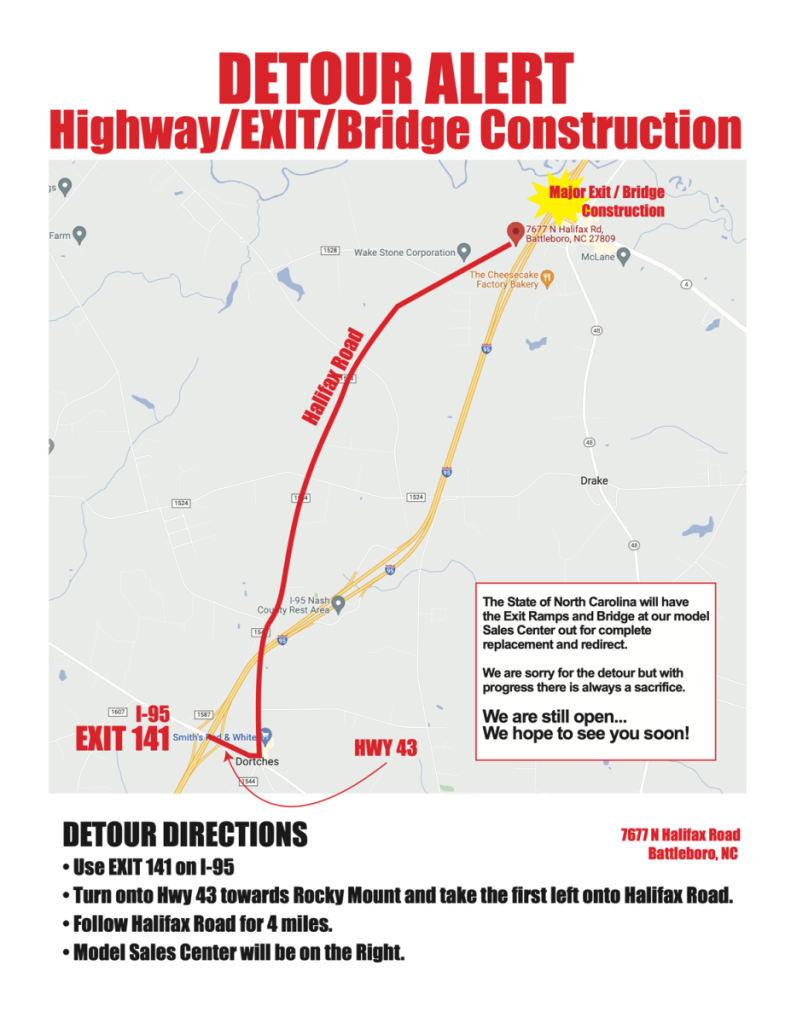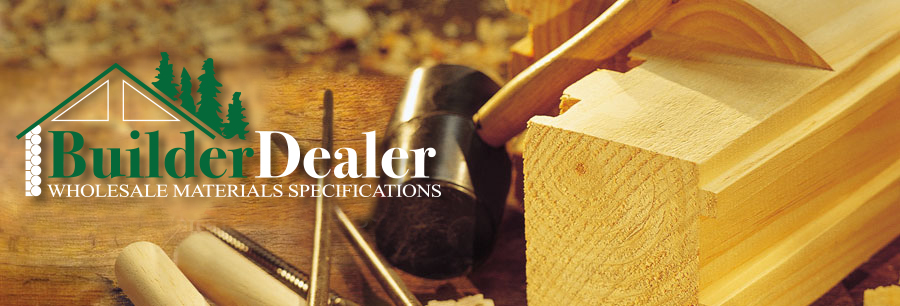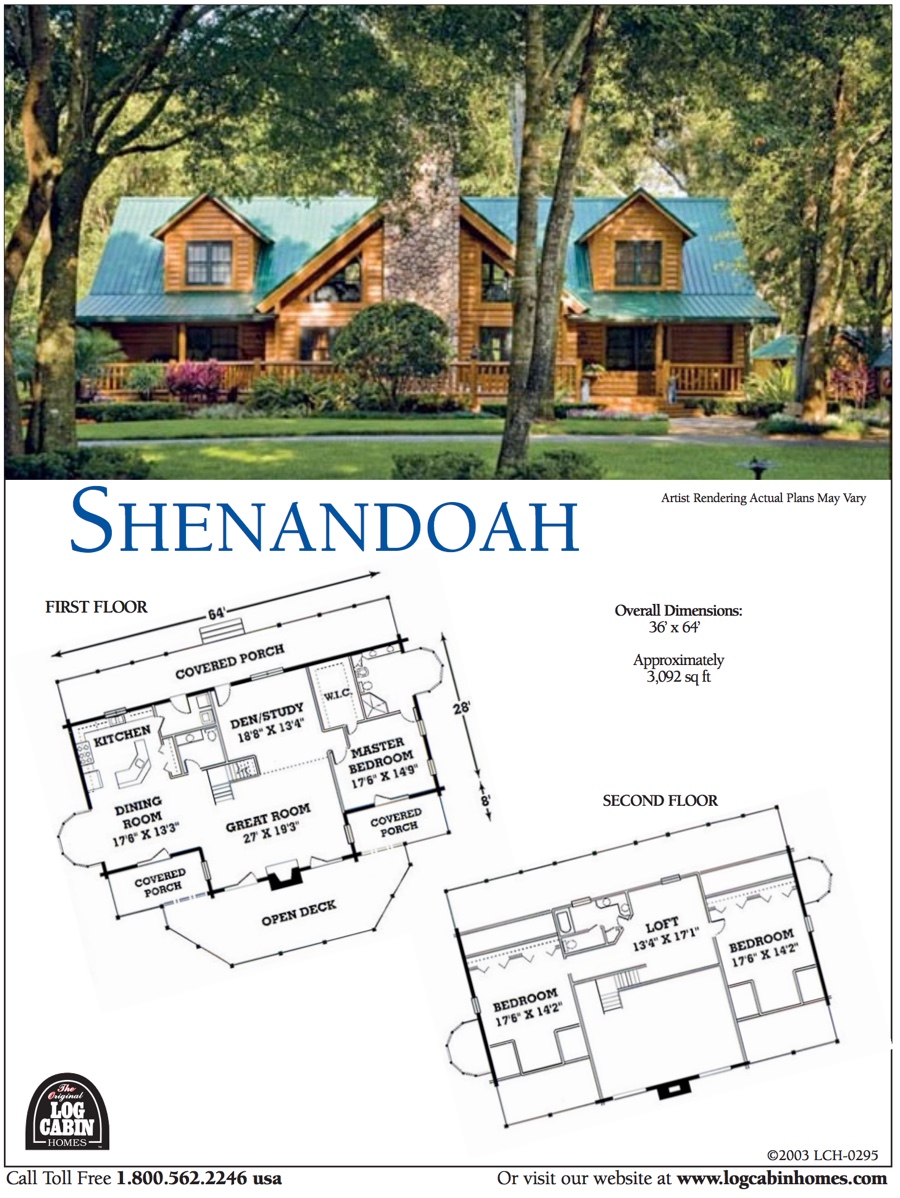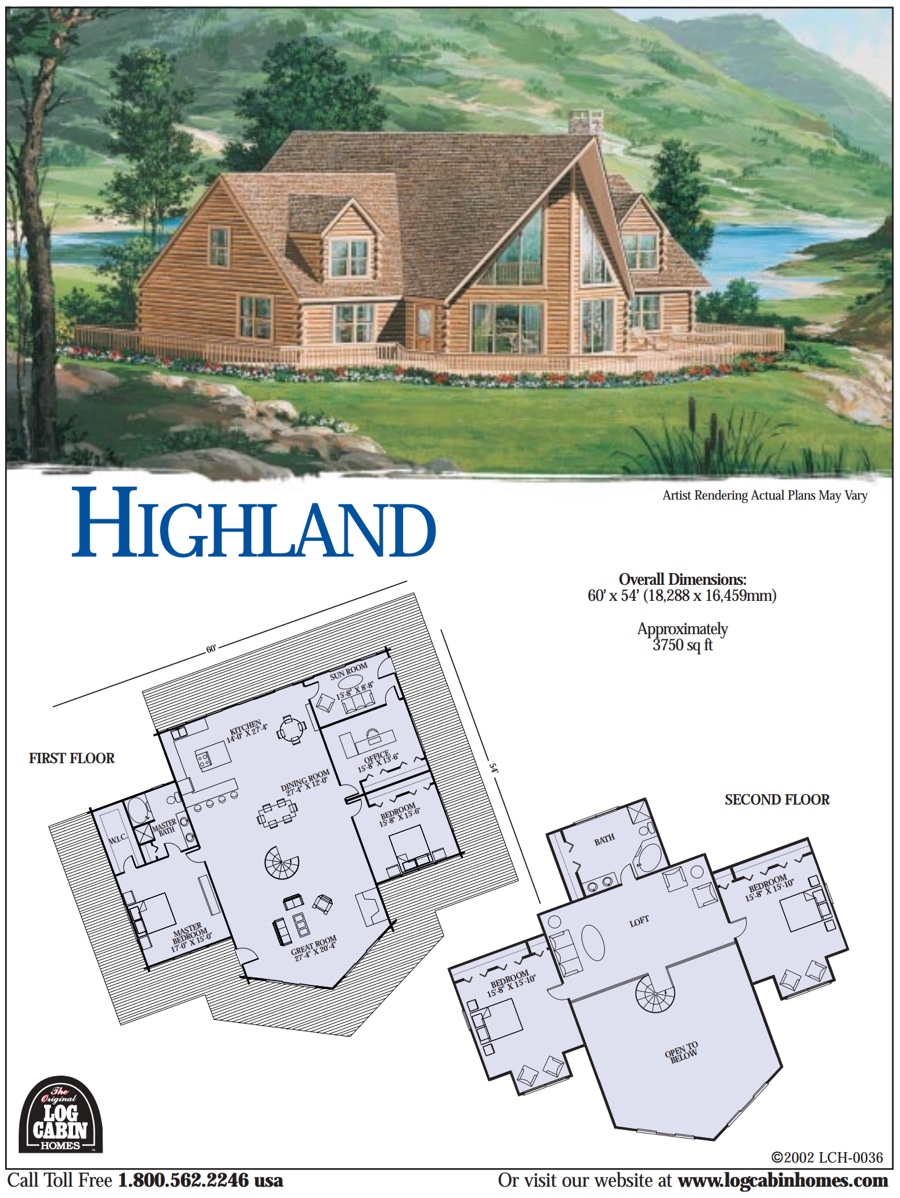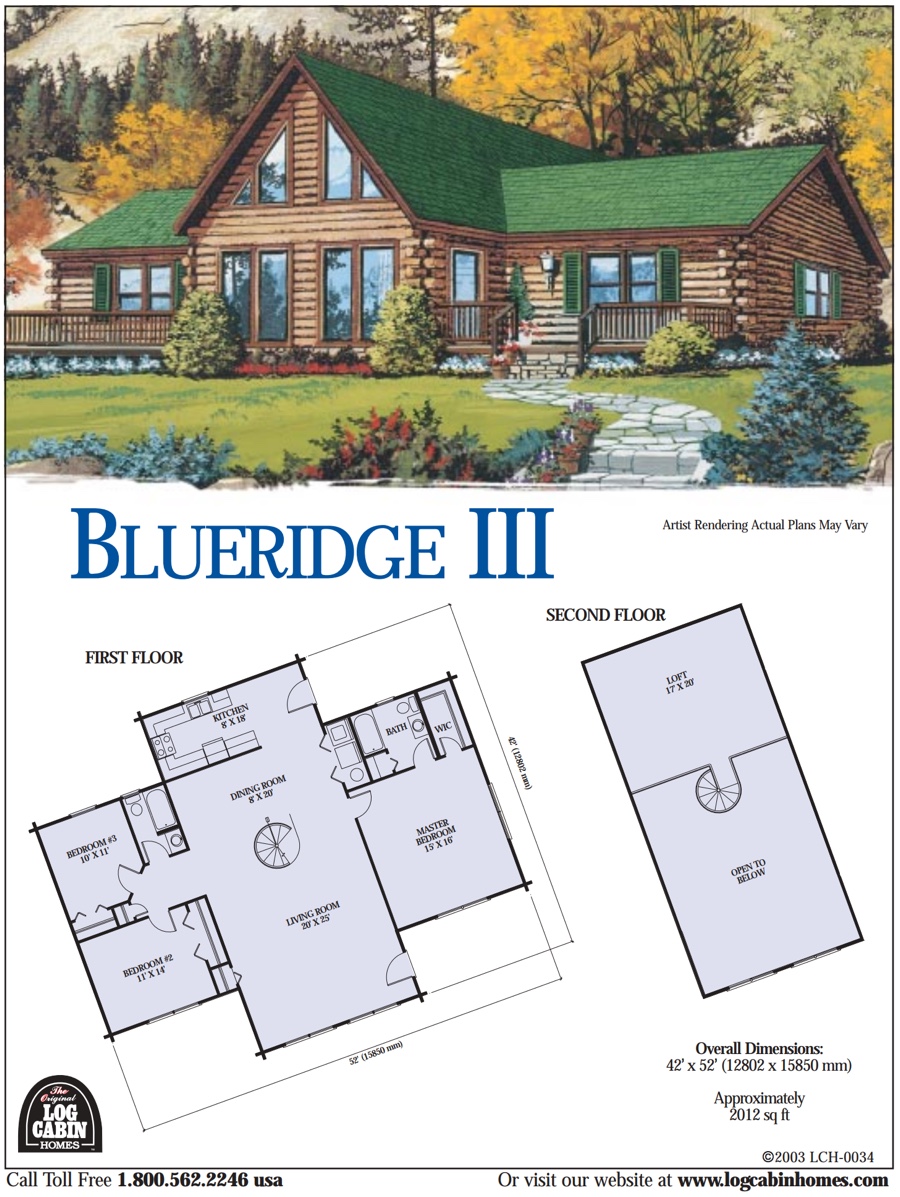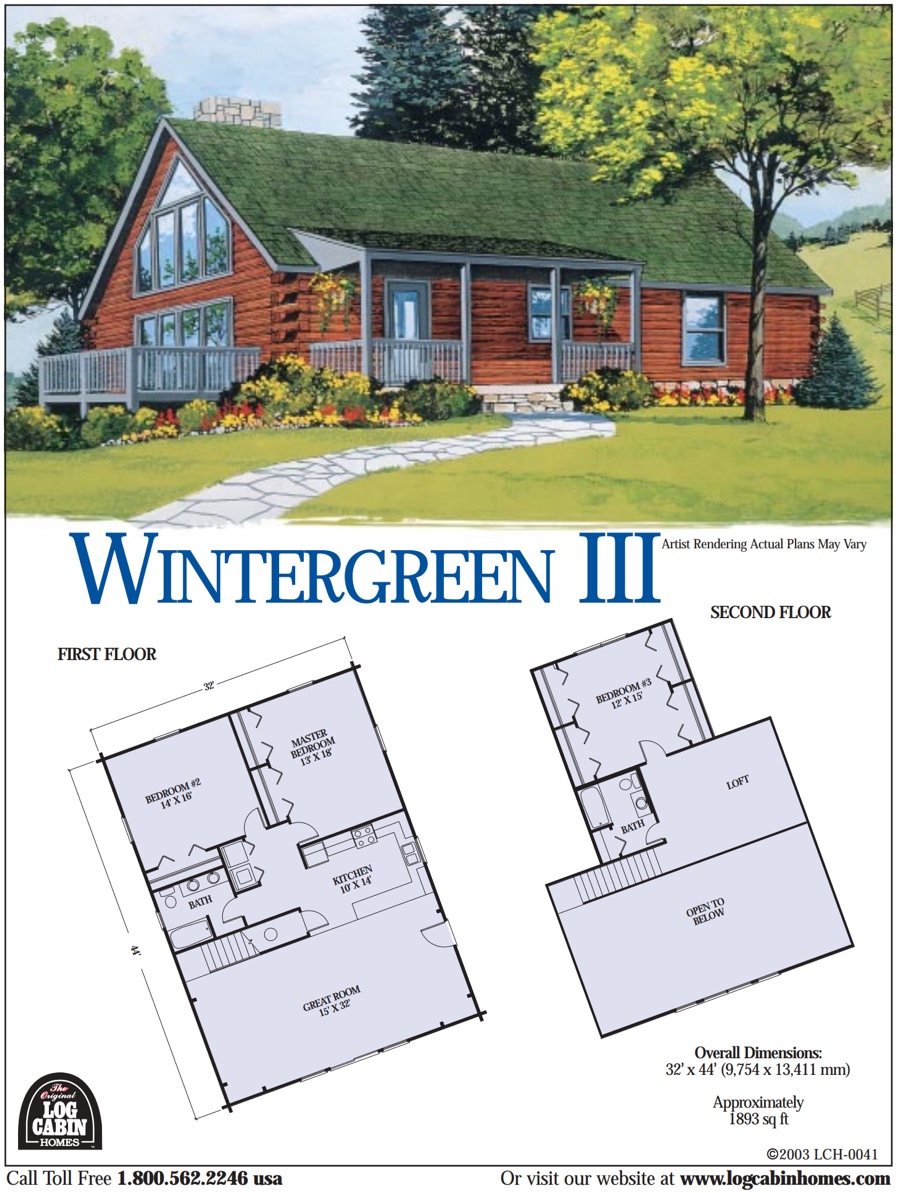of log home living into reality will take time and research.
When you buy from Log Cabin Homes Ltd, we will provide "Certified" graded logs and timbers, as well as construction drawings or a construction manual. Log Cabin Homes leaves construction to independent builders and contractors. It's up to these individuals to turn your log home package into a comfortable and well-crafted home. Choosing the right professional for this job can be a daunting task. But that's why the Log Homes Council created this Buyer's Guide, to help consumers make educated decisions when making their dream home a reality.
Identify Your Role
Before you can move farther along The Perfect Path to Your Dream Home, you will need to identify your role in this construction process. This decision will affect a host of issues, including your budget. With the last downturn in the housing market, the cost of labor accounts approximately three-fifths or 60% of the total cost to build, according to a recent reports from the National Association of Home Builders. You may be able to save some of this cost by doing some of the work yourself. Essentially you have three options, all discussed here at more length:
- Professionally Built
When choosing this path, you will work with a qualified builder/contractor to finalize the design of your home. Then we manufacture the log home package while the builder performs infrastructure improvements, including installing foundation, driveway, water, sewer or septic and more. Once the log home package arrives and is inventoried, construction begins. When the home is finished, the builder obtains a certification of occupancy from the local building inspector and you move in. This is the easiest path and it's often recommended if you want to have a home completed on time and on budget. - Owner-Contractor
This is a more difficult path. As the owner-contractor (general contractor or GC), you will be responsible for hiring talent to do the work. However, this is not without risks or long hours. In fact, it's a full-time gig.You will have to prepare all the specifications for each trade (specifications are the instructions for what materials to use and description of the job they are expected to perform), locate subcontractors, obtain bids, prepare cost estimate and budget, maintain a comprehensive construction schedule and finalize all contracts. (Hint: Have an attorney familiar with construction review all contracts before signing.)You will also have to educate yourself on all local building codes, insurance rules, safety regulations, plus attend to a raft of other details. This includes obtaining building permits, dealing with building inspectors and your lender, ordering and inventorying building materials and managing the job site.Another duty that you will have to reluctantly perform as a GC is make mistakes. It could be scheduling errors, building materials broken or overlooked, a bad choice in a subcontractor or any number of other drop-the-ball blunders. Even professionals make mistakes, from time to time. But if you are new to construction, it's nearly guaranteed you will make far more. This will cost you more in time and money. - Owner-Builder
This is the most difficult path. Think of it as several full-time gigs. This means you will likely be working days, nights and weekends. You will be responsible for everything the general contractor is responsible for, plus you will perform much of the labor yourself.
Work for Your Builder
Yet another option is to find a builder who is willing to be flexible and allow you to perform some of the labor yourself. If you have some home improvement skills, you can tackle any number of construction tasks and eliminate the cost of that labor. Scores of log and timber home buyers have saved on thieir building budgets by installing landscaping, staining logs, cleaning up the jobsite and more.
Lender May Decide For You
Unless you just arrived here in a time machine, you already know that lenders and banks are much more conservative. In this new lending environment, they may require a veteran log builder to construct your home. Explore your options with your lender.
Which Role is Right for You?
How much time do you have in your life for this project? Reviewing your schedules can bring some clarity to the decision of whether to tackle this job or hire a pro.
Budget for A Pro
Even if you are going to tackle some of the construction yourself, you should budget the project as if you were having it turnkeyed by a builder. This creates a safety net that ensures your project will get done. If you get hurt on the job and can't finish the project, you will have enough to bring in a professional to finish the job.
Shopping for Builder/Contractor
When requested, Log Cabin Homes can give names of several contractors who have constructed log homes in your area. Select several to consider and evaluate each carefully
Check References & Rapport
Review each builder's standing in the building community. Also weigh their communication skills and whether you have good rapport. After all, you will be spending anywhere from a few months to a year interacting. You want a good working relationship.
Tour Completed Homes & Talk to Previous Log Home Clients
Visit log and timber homes the builder has built before. Closely inspect crafting and sealing at corners and around doors and windows. A three to five year-old home is probably the best example of a builder's art.
Check Official Channels
Contact the local contractors' board or similar state or regional authority, to see if the individual is in good standing. Make sure the builder is licensed and bonded. Check online with your state's Attorney General's office to see if the builder has been involved with litigation or judgments in the past. In today's litigious society, don't expect a spotless record in a career spanning decades. But multiple incidents in a shorter time frame can be an alarm bell.
Trust Your Intuition
Interview each individual builder, to get a feel for their communication style and customer service. Talk with their recent past clients to see how they performed in real world situations. It's likely that at least one individual will click with you.
Some Places To Find A Builder
The National Association of Home Builders (NAHB) headquartered in Washington, D.C. has local builders associations (Also called Chapters or Councils) throughout the United States. The members of the local chapters are primarily builders. The NAHB website has a resource page called “Find Your Local Builders Association”. The page contains a map of The United States, by state, and lists the associations in your area. Contact the local association to obtain a list of builders who are members of the NAHB.
NOTE: When requested, Log Cabin Homes can give names of several contractors who have constructed log homes in your area. It is the sole responsibility of the client to evaluate, consider and ultimately select a builder that best fits the needs of the client. Log Cabin Homes does not recommend any one builder to any one client as it is the decision of the customer with whom to use.
Before you select your contractor, Log Cabin Homes Recommends that you solicit bids from at least three experienced licensed contractors. You should perform the following checks prior to finalizing your selection.
- Check the license status of the contractor with the state in which the construction will occur to make sure they are in good standing.
- Check the contractor’s status with the Better Business Bureau
- Obtain Credit References including from the contractors bank and suppliers
- Check & Obtain proof of insurance including liability and workmanship compensation
- Check references of previous (recent) customers the contractor has worked for.
A Copy of this Buyers Guide Can Be Found at The Log Homes Council Website.



